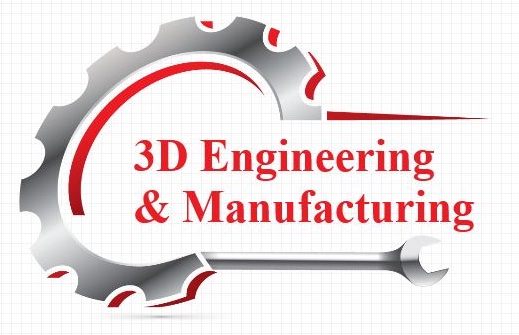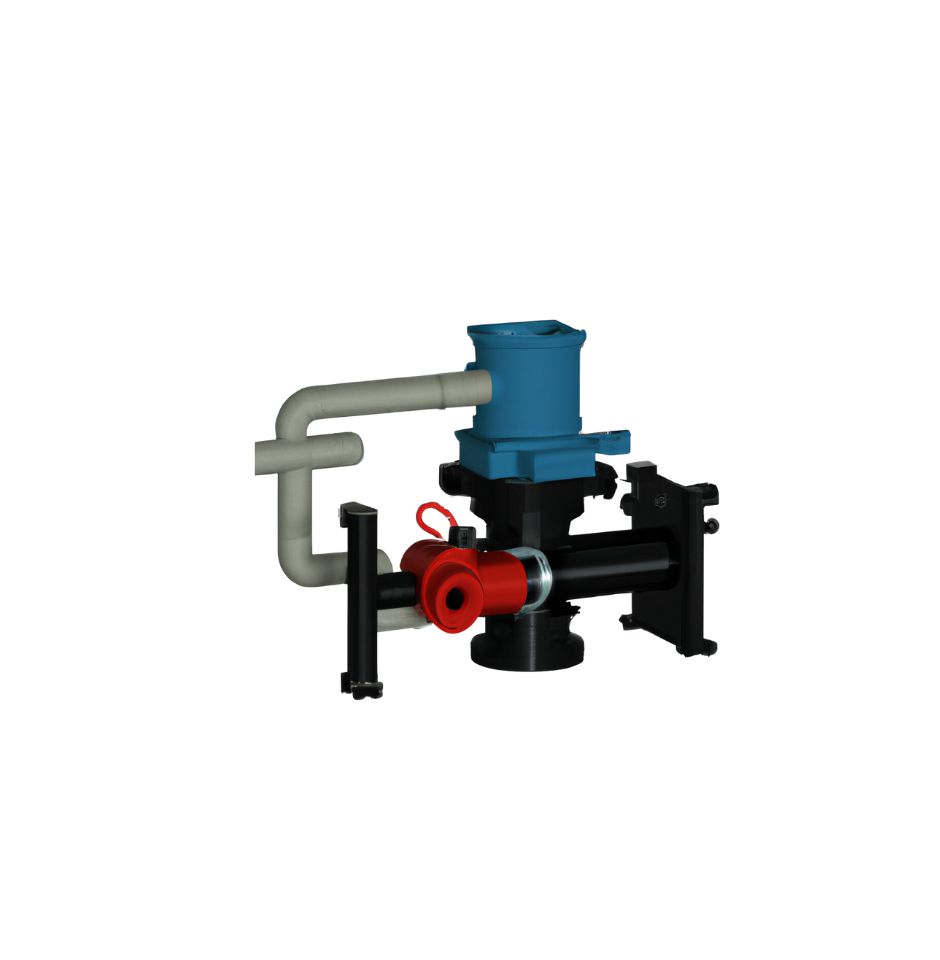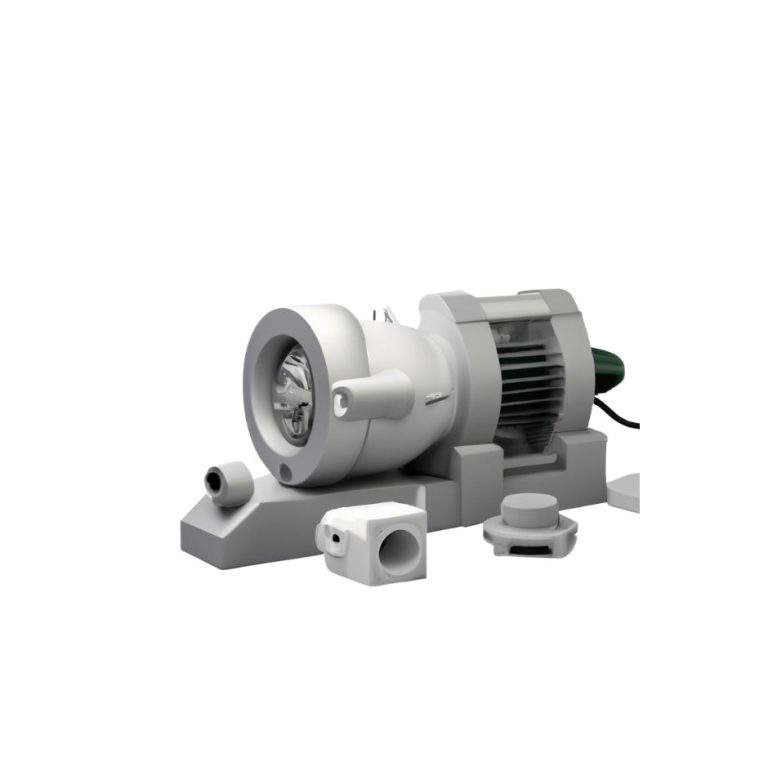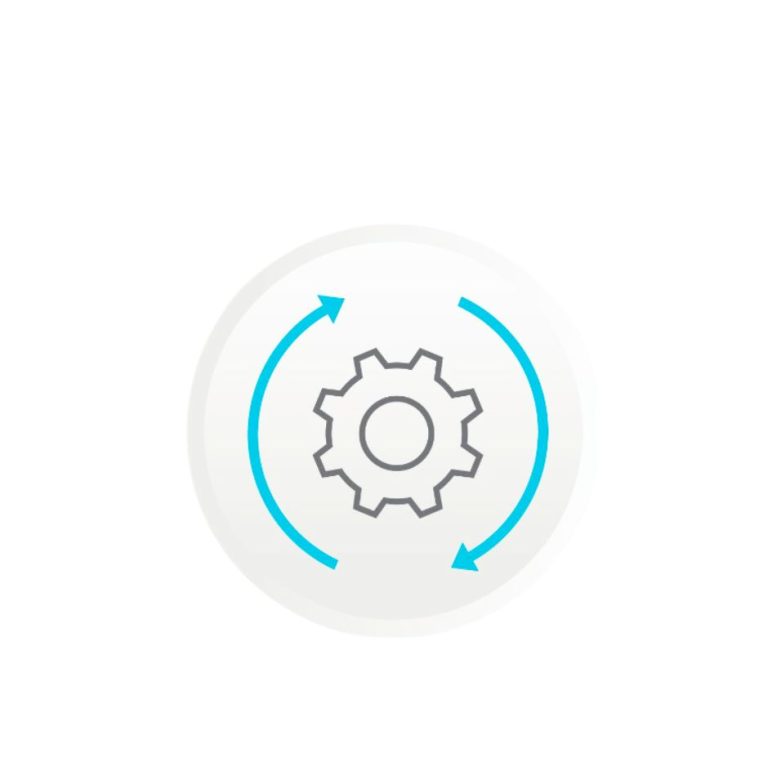The Future of Manufacturing: How 3D Printing is Changing the Game
The world of manufacturing is in the midst of a technological revolution, driven by advancements in 3D printing technology. Also known as additive manufacturing, 3D printing is transforming the way products are designed, prototyped, and produced. This technology has already had a profound impact on the manufacturing industry, and its potential for future growth is immense. In this article, we’ll explore the current state of 3D printing and how it is changing the game in the manufacturing industry, as well as the potential future implications of this technology.
Current State of 3D Printing in Manufacturing
3D printing technology has been around for several decades, but it was only in the last decade that it began to gain mainstream attention. Today, 3D printing has established itself as a powerful tool for manufacturing, with applications across a range of industries. According to a report by Allied Market Research, the global 3D printing market size was valued at $8.6 billion in 2019 and is projected to reach $34.8 billion by 2027, growing at a CAGR of 18.2% from 2020 to 2027.
One of the main advantages of 3D printing is its ability to produce complex shapes and geometries that are difficult or impossible to achieve with traditional manufacturing methods. This is because 3D printing builds objects layer by layer, allowing for greater design flexibility and customization. Additionally, 3D printing can produce parts and components more quickly and efficiently than traditional manufacturing methods, with less material waste.
Another benefit of 3D printing is its ability to produce small batches of parts or components on demand, without the need for expensive tooling and set-up costs. This makes it well-suited for prototyping and small-scale production runs. Additionally, 3D printing can be used to produce replacement parts for machinery and equipment, reducing downtime and repair costs.
3D printing technology is also becoming more accessible and affordable, with desktop 3D printers now available for home use. This has democratized the design and prototyping process, allowing individuals and small businesses to create and test their own products without the need for expensive equipment or specialized knowledge.
How 3D Printing is Changing the Game in Manufacturing
1. Customization and Personalization
One of the most significant ways in which 3D printing is changing the game in manufacturing is by enabling greater customization and personalization. With 3D printing, it is possible to produce one-of-a-kind objects tailored to an individual’s specific needs or preferences. This is particularly relevant in the medical industry, where 3D printing is used to produce custom prosthetics, implants, and surgical tools. In the automotive industry, 3D printing is used to produce customized car parts and accessories.
2. Design Flexibility
Another way 3D printing is changing the game in manufacturing is by offering greater design flexibility. Traditional manufacturing methods require complex tooling and set-up processes, which limit design options. With 3D printing, designers have greater freedom to experiment with shapes, geometries, and materials. This opens up new opportunities for innovation and product differentiation.
3. Reduced Lead Times
3D printing is also changing the game in manufacturing by reducing lead times. Traditional manufacturing methods can take weeks or months to produce parts and components. With 3D printing, objects can be produced in a matter of hours or days, allowing for faster product development cycles and time-to-market. This is particularly relevant in industries such as aerospace, where time is of the essence and every second counts.
4. Increased Efficiency
Another advantage of 3D printing is its ability to increase efficiency in the manufacturing process. 3D printing can produce parts and components with less material waste, as it only uses the exact amount of material needed for each layer. Additionally, 3D printing can combine multiple parts into a single component, reducing assembly time and simplifying the manufacturing process. This can result in significant cost savings and increased production efficiency.
5. Reduced Costs
3D printing has the potential to reduce manufacturing costs by eliminating the need for expensive tooling and set-up costs. With 3D printing, objects can be produced directly from a digital file, without the need for traditional manufacturing processes such as casting or machining. This can reduce material costs and increase production efficiency, resulting in lower overall costs for manufacturers and consumers.
The Future Implications of 3D Printing in Manufacturing
The future implications of 3D printing in manufacturing are vast, and the technology is likely to have a significant impact on the industry in the coming years. Here are a few potential implications to consider:
1. On-Demand Manufacturing
As 3D printing technology continues to evolve and become more accessible, it is possible that we will see a shift towards on-demand manufacturing. With on-demand manufacturing, objects are produced as needed, without the need for large-scale manufacturing facilities or inventory storage. This could lead to significant cost savings for manufacturers, as they would only produce what is needed, when it is needed.
2. Mass Customization
3D printing is already enabling greater customization and personalization, but as the technology continues to evolve, it is possible that we will see mass customization become a reality. This would allow for the mass production of customized objects, tailored to individual needs and preferences. This could lead to new business models and opportunities for manufacturers.
3. Sustainability
Sustainability is a growing concern in the manufacturing industry, and 3D printing has the potential to address some of these concerns. With 3D printing, objects can be produced with less material waste and energy consumption, reducing the environmental impact of manufacturing. Additionally, 3D printing can be used to produce objects locally, reducing transportation costs and emissions.
Conclusion
3D printing technology is changing the game in the manufacturing industry, offering greater design flexibility, customization, and efficiency. As the technology continues to evolve and become more accessible, it is likely that we will see even greater advancements in the coming years. From on-demand manufacturing to mass customization and sustainability, the potential implications of 3D printing in manufacturing are vast. It is an exciting time for the industry, and 3D printing is at the forefront of this technological revolution.




